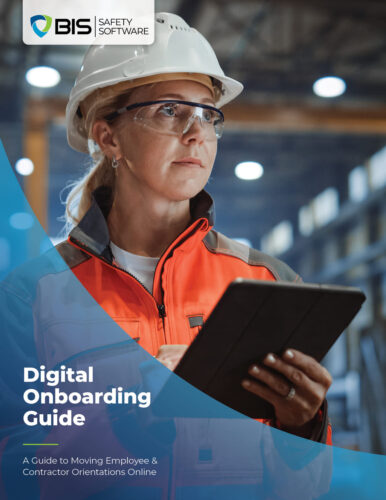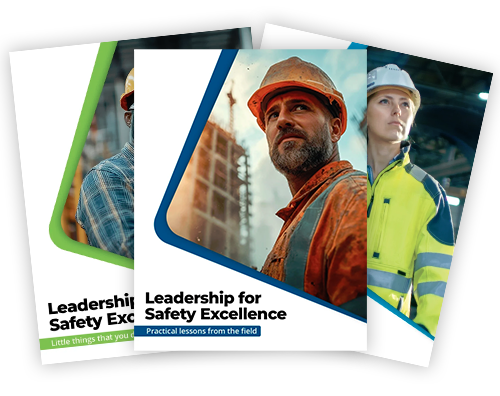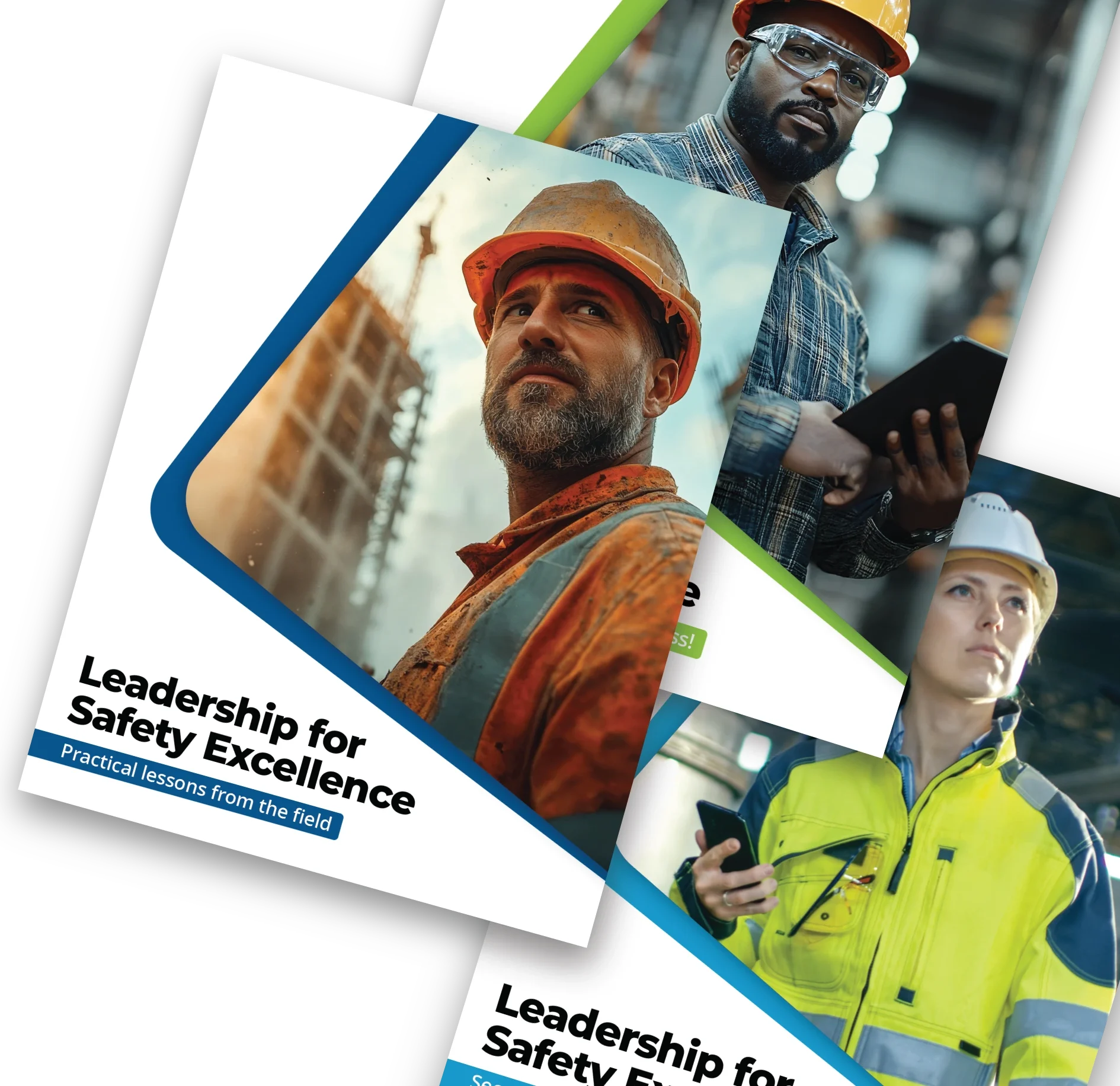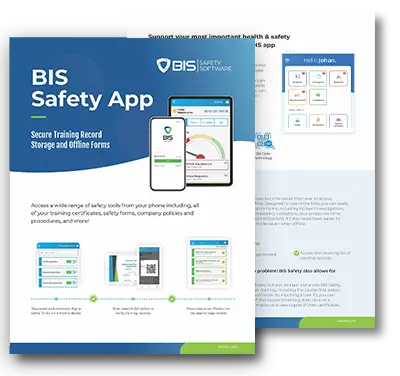
Boat Safety Tips and Emergency Procedures
Understanding Your Boat
There are many boating safety tips that you should always compare to your unique experience, and your unique circumstances have a lot to do with the thing stopping you from drowning… Your boat.
Before you even set sail, it’s important to understand your boat’s features and limitations. Different types of boats—whether they are sailboats, motorboats, or fishing boats—each come with their own set of safety considerations. Familiarize yourself with your boat’s layout, controls, and handling characteristics. Knowing how your boat reacts in different situations, such as heavy waves or strong winds, can make all the difference in maintaining control and ensuring safety.
Essential Safety Equipment
Having the right safety equipment on board is a non-negotiable aspect of boating safety. Here’s a list of the essential items every boat should carry:

- Life Jackets: Each passenger should have a properly fitted life jacket. In many places, it’s the law. For more information on fitting visit Jet Pilot.
- Fire Extinguishers: Keep a functional fire extinguisher on board and ensure everyone knows where it is and how to use it.
- First Aid Kit: A well-stocked first aid kit can help you manage minor injuries until you can get professional medical assistance.
- Flares and Signaling Devices: These are crucial for attracting attention in case of an emergency.
- Anchor and Rope: Helps in maintaining your boat’s position and can be used in various emergency situations.
Regularly check your safety equipment to ensure everything is in good working order. Replace items as needed to maintain a high level of preparedness.
Pre-Departure Boat Safety Checklist
Before you head out, running through a pre-departure checklist can help you catch potential issues and ensure that you’re fully prepared for the day’s voyage. Key points to include are:
- Weather Check: Ensure you’re aware of the day’s weather forecast and potential changes.
- Fuel Levels: Verify that you have enough fuel for your trip plus a reserve.
- Equipment Check: Inspect all safety and operational equipment.
- Trip Plan Notification: Let someone on shore know your itinerary and expected return time.
Taking a few minutes to complete these checks can save you from a lot of trouble later on.
Boat Safety Practices and Safety Equipment
Navigation and Communication
Understanding navigation rules and signals is essential for safe boating. Familiarize yourself with local waterway regulations, right-of-way rules, and buoy markers. Use GPS and marine radios to help with navigation and communication. Always keep a sharp lookout for other vessels, obstacles, and changing water conditions. Proper communication tools ensure that you can call for help or receive important updates if needed.
Life Jackets and Personal Flotation Devices (PFDs)
Life jackets and personal flotation devices (PFDs) are the most critical pieces of safety equipment on your boat. They come in various types and are designed to keep you afloat and reduce the risk of drowning. Here are some key points to remember:
- Types of Life Jackets: There are different life jackets for different activities. Make sure you have the right type for your boating activities.
- Proper Fit: A life jacket should fit snugly and comfortably. It should not be too loose or too tight.
- When to Wear Them: It’s best to wear life jackets at all times while on the water. Unexpected accidents can happen at any time.
Real-life stories highlight the importance of life jackets. There have been numerous cases where lives were saved simply because individuals were wearing their life jackets.
Weather Awareness
Being aware of the weather is crucial for boat safety. Here’s how to stay on top of it:
- Interpreting Forecasts: Learn how to read weather forecasts specific to marine conditions. Look for updates on wind speeds, wave heights, and potential storms.
- On-the-Water Signs: Recognize signs of changing weather, such as darkening clouds, shifting winds, or sudden drops in temperature.
- Emergency Procedures: Have a plan for what to do if you’re caught in bad weather. This might include heading to shore, anchoring in a safe spot, or communicating with the Coast Guard.
Responsible Boating Behavior
Safe boating also involves responsible behavior. Here are some guidelines:
- Avoiding Alcohol and Drugs: Operating a boat under the influence is not only illegal but extremely dangerous. It impairs judgment, reaction times, and coordination.
- Respecting Speed Limits and No-Wake Zones: Follow posted speed limits and slow down in no-wake zones to prevent accidents and damage to shorelines.
- Courtesy Toward Others: Respect other boaters and marine life. Avoid creating large wakes near smaller vessels and be mindful of noise levels.

Emergency Procedures
What to Do in Case of an Emergency
Even with the best preparations, emergencies can still occur. Knowing how to handle them can make all the difference.
Steps to Take in Common Emergencies
Man Overboard:
- Alert Others: Shout “Man overboard!” to alert everyone on board.
- Throw a Flotation Device: Immediately throw a flotation device to the person in the water.
- Keep the Person in Sight: Assign someone to continuously point at the person in the water to maintain visual contact.
- Turn Back Carefully: Maneuver the boat back to the person using a controlled, slow approach. Stop the engine when close to avoid injury from the propeller.
- Assist Them Back Onboard: Use a life ring or boat ladder to help them back onto the boat.
Capsizing:
- Stay with the Boat: If possible, stay with the boat as it is easier to spot than an individual.
- Climb onto the Boat: If the boat is still floating, climb onto it to stay out of the water and reduce heat loss.
- Signal for Help: Use flares, whistles, or mirrors to attract attention and signal for help.
Fire:
- Turn Off the Engine: Immediately cut off the fuel supply to prevent the fire from spreading.
- Use a Fire Extinguisher: Aim the extinguisher at the base of the flames and sweep back and forth.
- Move Away from Fuel Sources: If the fire is unmanageable, move away from the fuel tank and other flammable materials.
- Signal for Help: Use flares or radio to call for assistance.
Importance of Staying Calm and Acting Quickly
In any emergency, staying calm is vital. Panic can lead to poor decisions and exacerbate the situation. Quick, decisive actions, based on your training and knowledge, can mitigate risks and improve outcomes. Always remember the steps you’ve learned and follow them methodically.
Role of the Coast Guard and How to Contact Them
The Coast Guard plays a crucial role in maritime safety. They are trained and equipped to handle emergencies at sea. In case of an emergency:
- Use a Marine Radio: Call on VHF channel 16, the international distress frequency.
- Provide Essential Information: Clearly state your boat’s name, position, the nature of the emergency, and the number of people on board.
- Follow Instructions: The Coast Guard will provide instructions. Follow them carefully until help arrives.
Basic Boating First Aid Skills
Common Boating Injuries and How to Treat Them
- Cuts and Scrapes:
- Clean the wound with fresh water.
- Apply antiseptic and cover with a sterile bandage.
- Sunburn:
- Apply cool compresses.
- Use aloe vera gel or over-the-counter sunburn relief products.
- Heat Exhaustion:
- Move to a shaded area.
- Hydrate with water or sports drinks.
- Cool the body with damp cloths or a cool shower.
Importance of Having a Well-Stocked First Aid Kit
A well-stocked first aid kit is essential for handling minor injuries and stabilizing more serious ones until professional help is available. Your kit should include:
- Bandages, gauze, and adhesive tape
- Antiseptic wipes and ointment
- Pain relievers
- Tweezers and scissors
- Emergency blankets
- CPR face shield
Basic CPR and Rescue Breathing Techniques
Knowing CPR and rescue breathing can save lives in critical situations. Here are the basic steps:
- Check Responsiveness: Tap and shout to see if the person responds.
- Call for Help: If unresponsive, call for emergency services.
- Chest Compressions: Place your hands in the center of the chest and press down hard and fast, at a rate of 100-120 compressions per minute.
- Rescue Breaths: After 30 compressions, give 2 rescue breaths. Tilt the head back, lift the chin, and breathe into the person’s mouth until the chest rises.
- Repeat: Continue with compressions and breaths until help arrives or the person starts breathing.
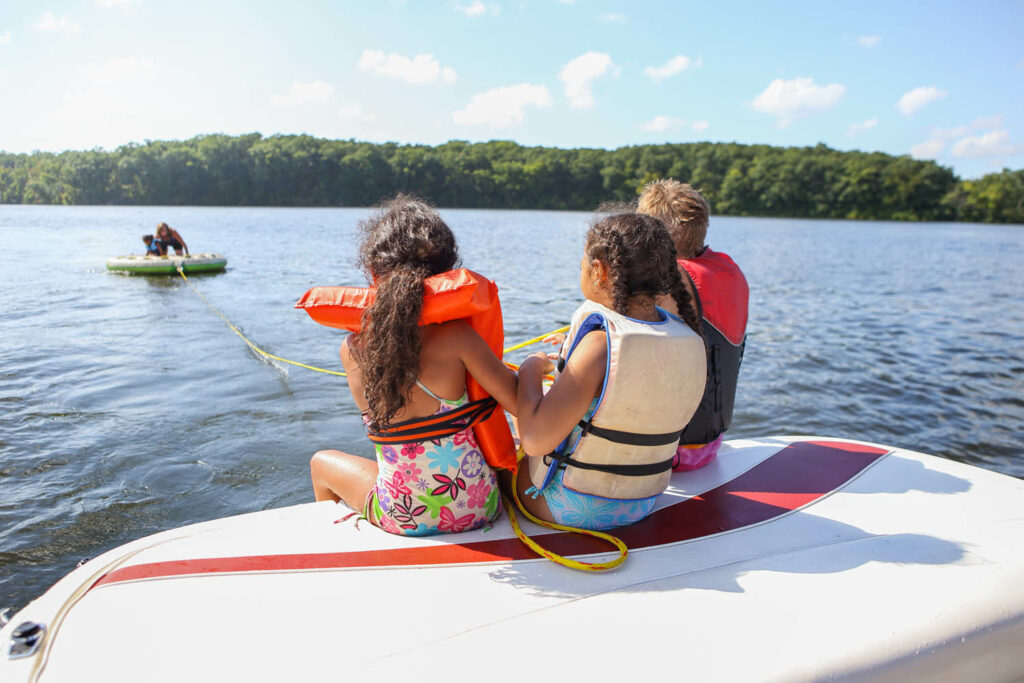
Boat Safety Training and Courses
Benefits of Taking Boat Safety Courses
Formal training provides comprehensive knowledge and hands-on experience that can significantly enhance your boating safety and enjoyment. Benefits include:
- Understanding navigation rules and signals
- Learning how to handle emergency situations
- Gaining confidence in operating your boat
Overview of Available Training Programs and Certifications
Numerous organizations offer boat safety courses, ranging from beginner to advanced levels. Certifications, such as the Boater Education Card, are often required by law and ensure you have met the necessary safety standards.
How Training Can Enhance Your Boating Experience and Safety
Training equips you with the skills and knowledge to handle your boat safely and confidently. It reduces the risk of accidents and enhances your ability to enjoy your time on the water without worry.
BIS Boat Safety Training Courses
BIS Safety Software offers a variety of online training courses designed to improve safety in various environments, including boating. Their courses are comprehensive, user-friendly, and accessible from anywhere.
BIS Safety Software provides courses like Boating Safety that cover essential boating safety topics such as:
- Basic Boating Safety
- Advanced Navigation Techniques
- Emergency Procedures
- First Aid and CPR
How to Enroll and What to Expect from the Courses
Enrolling in a BIS Safety Software course is straightforward:
- Visit the BIS Safety Software website.
- Browse the available courses and select the one that suits your needs.
- Complete the registration process and start learning at your own pace.
Expect interactive content, practical exercises, and assessments designed to reinforce your knowledge and skills.
Summary
Boating is a fantastic way to enjoy the outdoors, but safety should always be the top priority. By understanding your boat, carrying essential safety equipment, following responsible boating practices, and knowing how to handle emergencies, you can ensure a safe and enjoyable experience on the water.
Additional Resources and Further Reading on Boat Safety
For more information and resources on boat safety, check out the following links:









